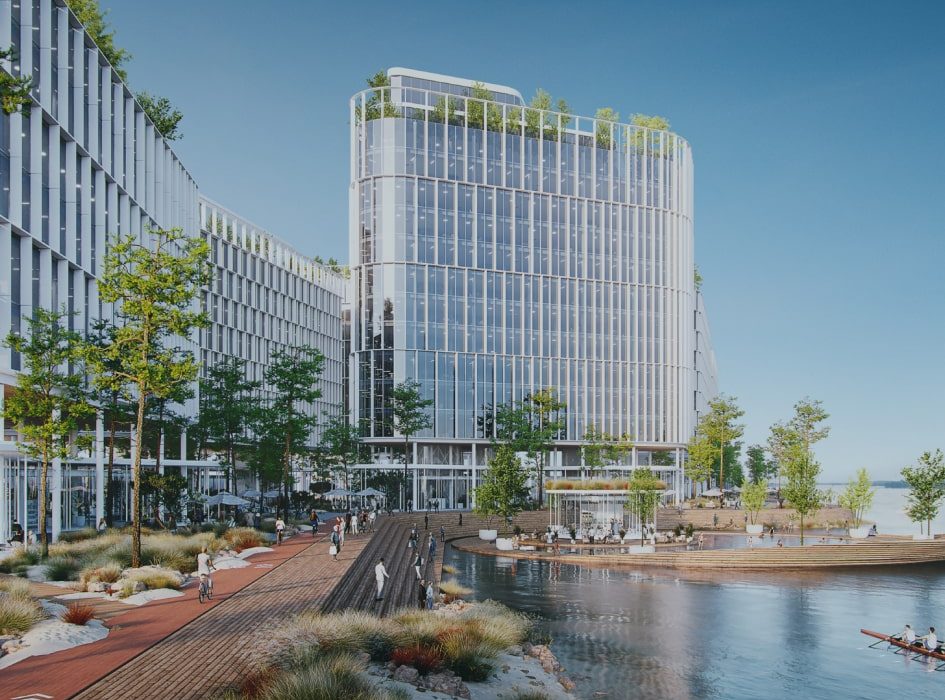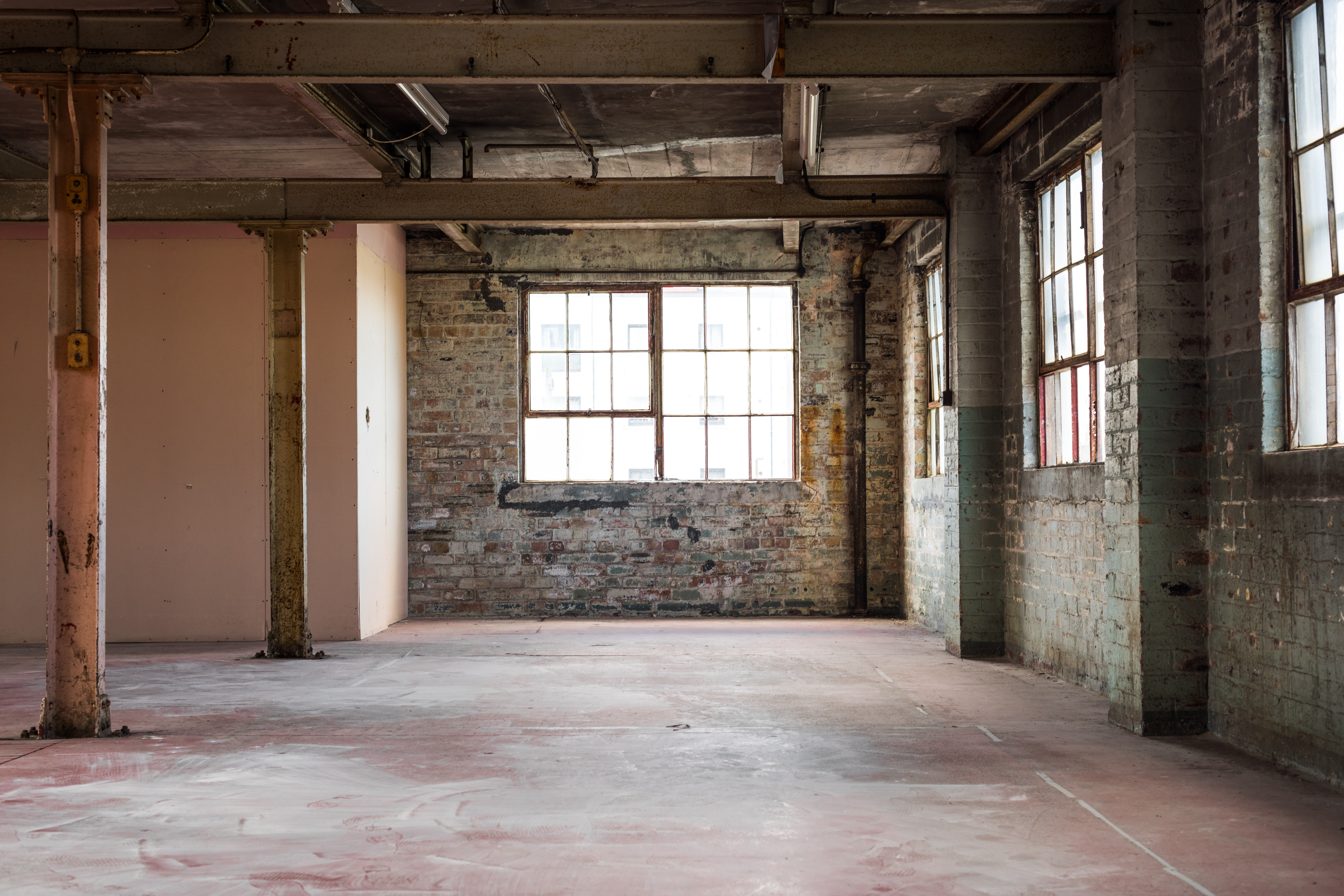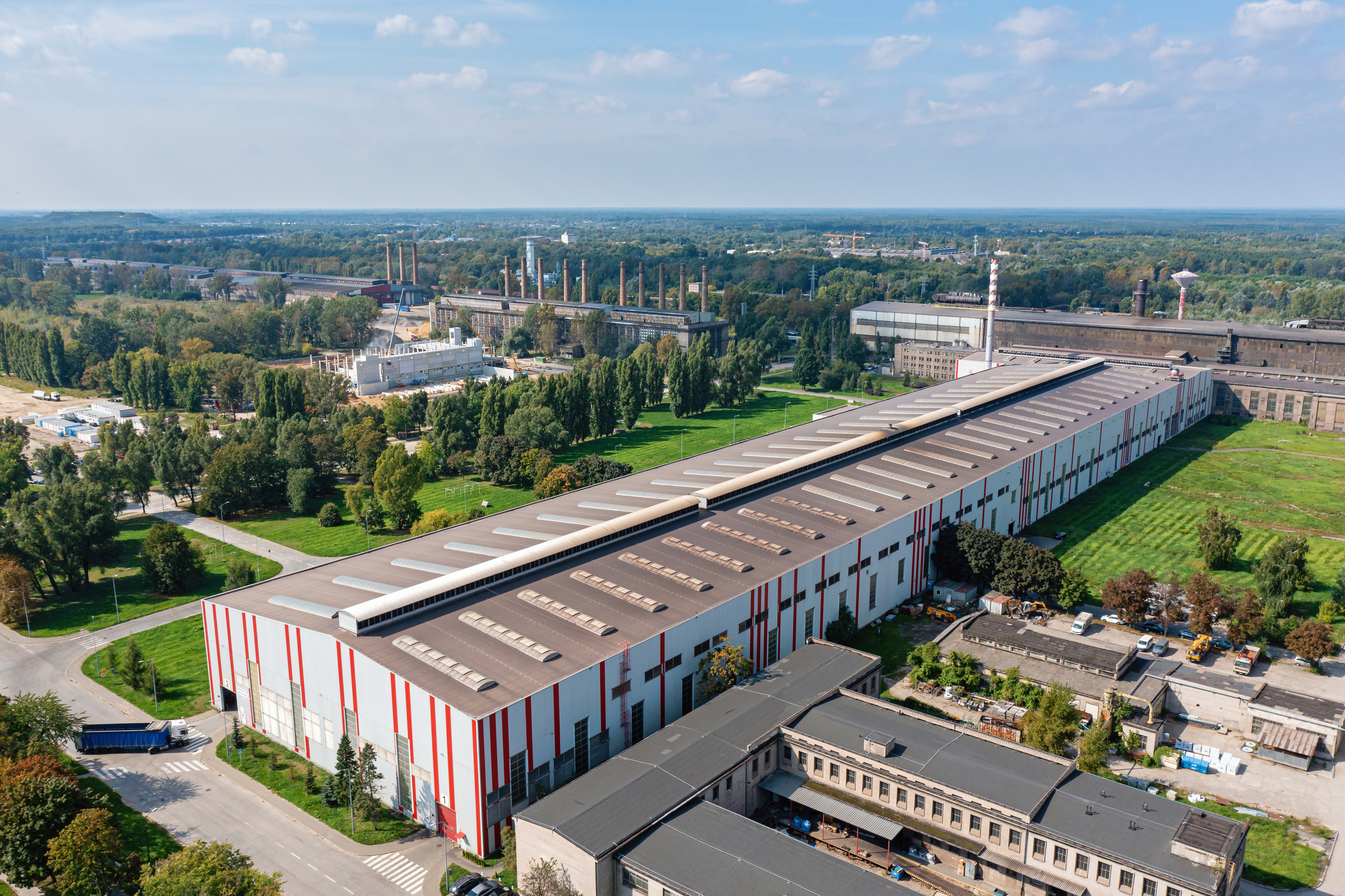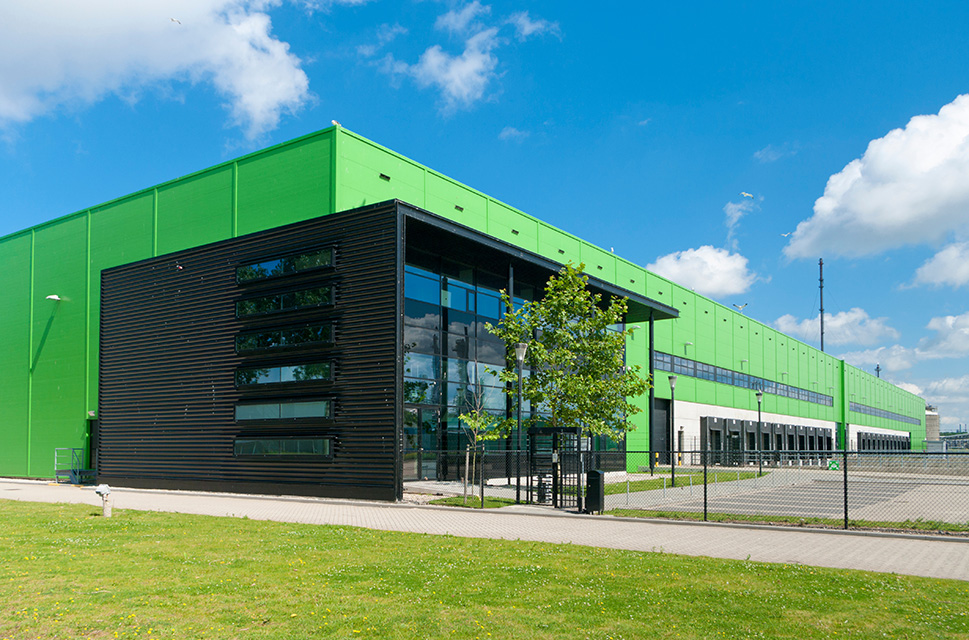Central Florida’s Commercial Real Estate Landscape: Emerging Trends and Future Outlook
Introduction
Central Florida’s commercial real estate market is a dynamic arena, characterized by diverse opportunities ranging from retail spaces to office complexes. This article examines the key trends shaping this market and anticipates future developments.
Current Market Trends
- Diversified Economy: Central Florida’s economy is supported by a mix of industries including tourism, healthcare, and technology, which sustains a steady demand for various types of commercial properties.
- Rise of Mixed-Use Developments: There is an increasing trend towards mixed-use developments that combine residential, commercial, and leisure facilities, particularly in areas near transportation hubs and major employment centers.
Market Drivers
- Tourism and Entertainment: As home to some of the world’s most famous theme parks and entertainment venues, Central Florida continually attracts businesses related to hospitality and retail.
- Population and Employment Growth: The region’s growing population and employment rates boost demand for office spaces and service-oriented commercial properties.
Future Perspectives
- Smart City Developments: Initiatives to transform cities into ‘smart cities’ with enhanced digital connectivity and sustainable urban planning are likely to influence future commercial real estate developments.
- Adaptive Reuse Projects: With an emphasis on sustainability and efficient use of resources, adaptive reuse of existing buildings for new commercial uses is expected to rise, preserving historical structures while meeting modern needs.
Conclusion
Central Florida’s commercial real estate market offers diverse opportunities driven by its robust economy and strategic development. Understanding these trends will be crucial for investors and developers aiming to make informed decisions and achieve success in this region.
